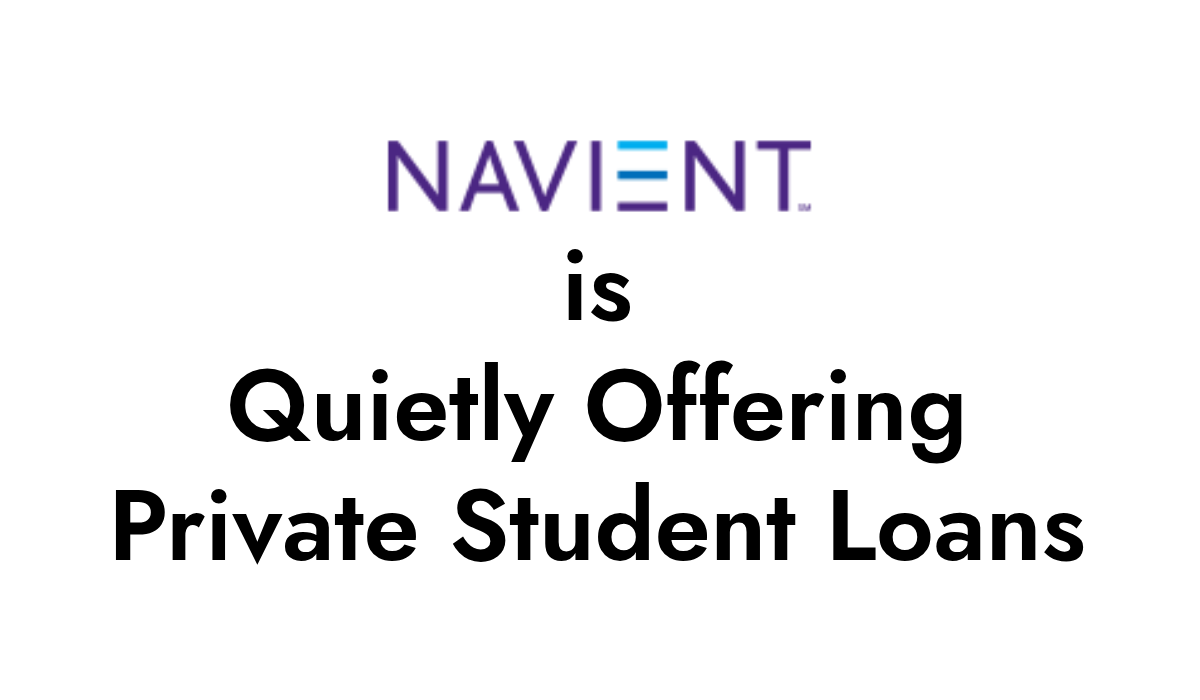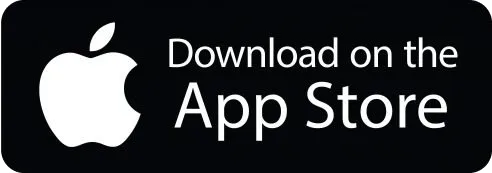Private Student Loan Forgiveness
Debt relief may be available to certain individuals whose private student loan is managed by Navient. A program of forgiveness for borrowers who were scammed by their colleges has been quietly introduced by the corporation.
Although Navient has not yet made the plan official public, the Project on Predatory Student Lending, or PPSL, reports that the company has already given applications to a limited number of borrowers. The advocacy group has made the initiative known to the public and provided guidance on how to proceed on its website.
PPSL President and Executive Director Eileen Connor said in a statement, “We’re spreading the word to ensure that impacted borrowers—not just those that Navient hand picks—know that there is a path to relief.”

- Est APR = 4.89-9.04%
- MIn Credit Score = 680
- No fees.
4
editorial team. We score based on factors
that are helpful for consumers, such as
how it affects credit scores, the rates and
fees charged, the customer experience,
and responsible lending practices.
Sen. Elizabeth Warren of the United States referred to Navient’s procedure for waiving private student loans as “wildly confusing” on social media. The Massachusetts Democrat was one of nine senators that signed a letter dated April 20, 2024, requesting that the CEO of Navient erase “predatory” private student loans for students who attended dishonest for-profit universities.
Navient claimed to have “modeled the school misconduct application on the federal government’s Defense to Repayment application, using essentially identical questions” in a letter to public officials.
The company’s website has information on loan forgiveness, and an email from a company representative stated that “borrowers can also contact us at any time and we can assist.”
The Department of Education reports that the Biden Administration has authorized $167 billion in student loan forgiveness for 4.75 million Americans. However, those who owe money on private student loans are not qualified for this assistance. According to a statement from the organization, PPSL is not aware of any other procedure comparable to what Navient is carrying out for canceling private student loans.
Related: Best Student Loan Lenders of 2024
Who Is Eligible for Navient Student Loan Forgiveness?
Not all borrowers of private student loans are eligible for Navient’s student loan forgiveness program. If your institution engaged in any of the following misbehavior and Navient serviced your private loans, you might be qualified for relief, per the PPSL sample application.
- To entice you to enroll or stay enrolled, the institution or its representatives made false or deceptive claims.
- Information that could have influenced your choice to enroll in or continue attending the school was “concealed, suppressed, or omitted” by the institution.
- The school employed coercive and dishonest recruitment practices, like putting undue pressure on you to enroll, take out loans, or refrain from talking to family and friends about your choice.
- The school breached a contract by not fulfilling its end of the bargain.
Related: Essential Guide to Apply For Federal Student Loans
How to Apply for the Cancellation of Private Student Loans with Navient
PPSL advises you to take the following actions if you think you qualify for a discharge of your private student loan:
Obtain a form:
To obtain a School Misconduct Discharge Application, contact Navient via email at [email protected] or by phone at (888) 545-4199. The PPSL strongly advises you to lodge a complaint with the Consumer Financial Protection Bureau if Navient declines to provide you an application.
Complete the Application:
You’ll have to give a thorough account of the ways in which your school misled you. Supporting paperwork is required by Navient, including a copy of a public statement regarding misbehavior connected to the loan and a notice of approval from the Education Department approving your federal Borrower Defense to Repayment application.
Submit your application
Your filled-out application will be received by Navient via mail. You can email it to Navient or mail it to P.O. Box 4200, Wilkes-Barre, PA 18773-4200.






